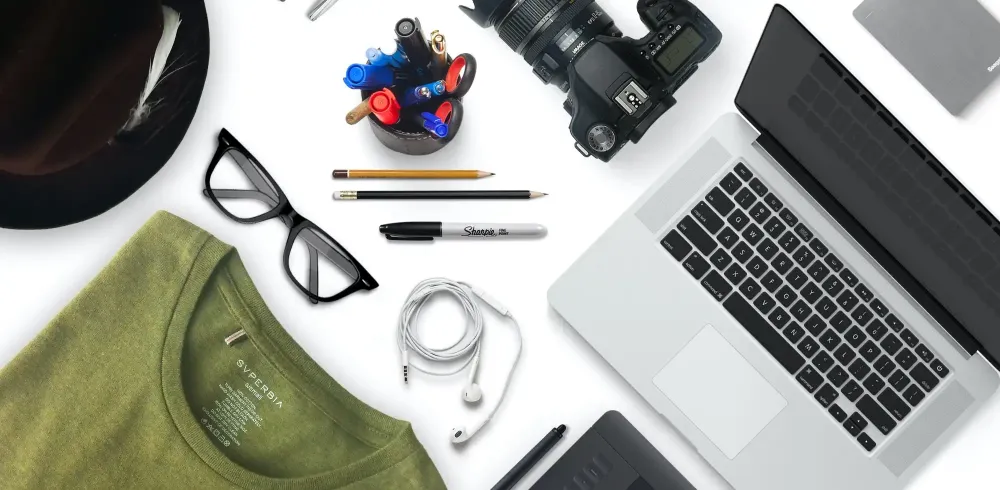If you’ve ever used the built-in camera on your Mac, you may have noticed that the image quality can be less than ideal at times. The image may appear grainy or pixelated, which can be frustrating when you’re trying to capture a clear and detailed photo or video. So why is the Mac camera so grainy, and is there anything you can do about it? In this article, we’ll take a closer look at some of the common causes of grainy Mac camera footage and how to troubleshoot and fix the problem.
Why Is My Mac Camera So Grainy?
There are a few different reasons why your Mac camera may produce grainy footage. One of the main culprits is low lighting conditions. Just like any camera, the Mac’s built-in camera needs a certain amount of light to produce clear and detailed images. If you’re using the camera in a poorly lit room, the image quality may suffer as a result.
Another possible cause of grainy Mac camera footage is a low frame rate. The frame rate refers to the number of frames captured by the camera per second, and a higher frame rate typically results in smoother and more detailed footage. If the frame rate is too low, the footage may appear choppy or grainy.
The age and quality of the Mac camera itself can also be a factor. Older Mac models may have lower-quality cameras that are more prone to producing grainy footage. Similarly, even newer Macs with high-quality cameras can produce grainy footage if the camera is dirty or damaged.
In short, Mac camera may produce grainy image because of several reasons, including low lighting conditions, a low frame rate, and the age and quality of the camera itself. In low lighting, the camera may struggle to capture clear and detailed images. A low frame rate can result in choppy or grainy footage. Additionally, older Mac models or dirty or damaged cameras may also contribute to grainy footage.
How to Fix Grainy Mac Camera Footage
If you’re dealing with grainy Mac camera footage, there are a few steps you can take to try and improve the image quality. Here are a few ideas to try:
1. Improve lighting conditions
As mentioned earlier, one of the main causes of grainy Mac camera footage is low lighting. If possible, try to use the camera in a well-lit room or turn on some additional lights to increase the amount of light available.
2. Adjust the frame rate
Depending on the app you’re using, you may have the option to adjust the frame rate of the camera. Try increasing the frame rate to see if it helps improve the image quality.
3. Clean the camera
If the camera lens is dirty or smudged, it can affect the image quality. Carefully clean the lens with a microfiber cloth or some lens cleaner to see if it helps improve the footage.
4. Check for updates
If you’re using an older Mac model, it’s possible that a software update could improve the performance of the built-in camera. Check for updates through the Mac App Store or System Preferences and install any available updates.
5. Use an external camera
If all else fails, you may want to consider using an external camera instead of the built-in camera on your Mac. External cameras typically offer higher image quality and more advanced features, so they may be a better option if you’re looking for improved camera performance.

How to Choose the Best External Camera for Your Mac
If you decide to use an external camera instead of the built-in camera on your Mac, there are a few things you’ll want to consider when choosing the best camera for your needs.
First, consider the type of camera you need. Do you want a traditional webcam for video conferencing, or are you looking for a more advanced camera for professional photography or videography? There are a wide range of external cameras available, so it’s important to choose one that meets your specific needs.
Next, think about the image quality and resolution you need. Higher resolution cameras will produce clearer and more detailed images, but they may also be more expensive. Decide on a budget and look for a camera that offers the best image quality within your price range.
Finally, consider the features and connectivity options of the camera. Some external cameras offer advanced features like autofocus, manual exposure control, and multiple lens options, which can be useful for professional photographers and videographers. In terms of connectivity, most external cameras will connect to your Mac via USB, but some may also offer options like HDMI or Wi-Fi. Choose a camera that offers the features and connectivity options you need.
Conclusion
While the built-in camera on your Mac can be convenient, it’s not always the best option when it comes to image quality. If you’re dealing with grainy Mac camera footage, there are a few steps you can take to try and improve the image quality. Alternatively, you can consider using an external camera for improved performance and features. By considering your specific needs and budget, you can find an external camera that meets your needs and helps you get the best possible image quality from your Mac.
